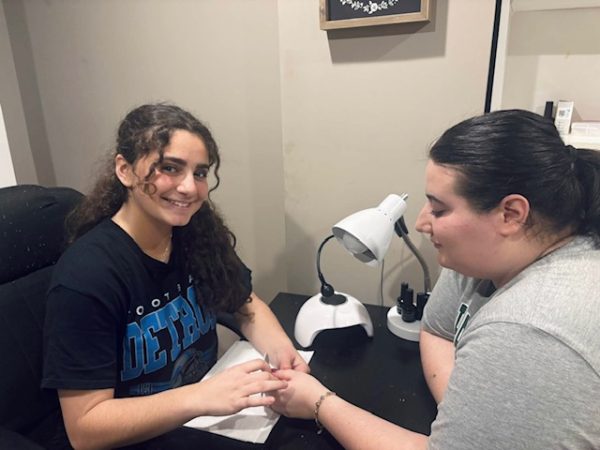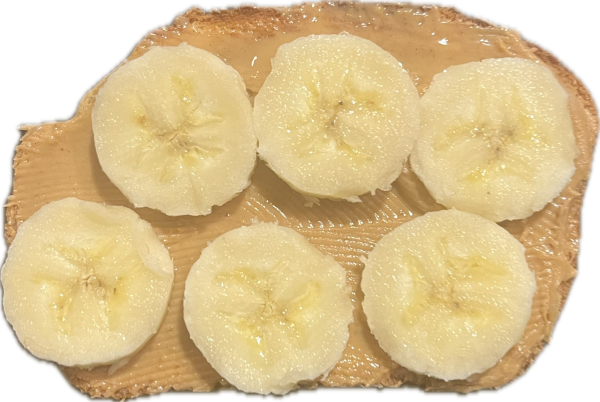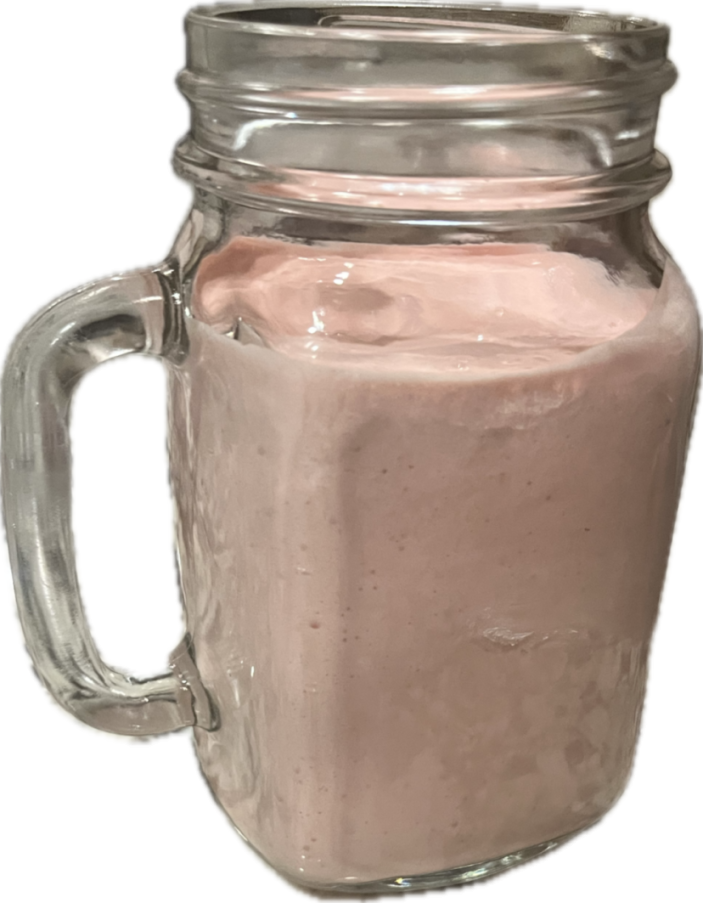Breaking SAD
Seasonal affective disorder contributes to what many assume to be ‘winter blues’
Catching a case of winter blues happens to many each year when the temperature suddenly drops and the sun begins setting at 5 p.m.; however, these often invalidated feelings may be a sign of something much more serious: seasonal affective disorder.
Seasonal affective disorder—otherwise known by the ironic acronym ‘SAD’—is a type of depression characterized by prolonged feelings of sadness or emotional numbness during a specific season, most commonly from late fall to early spring, though summer-pattern SAD can also occur.
According to the National Institute of Mental Health (NIMH), symptoms of winter-pattern SAD may include: daily feelings of depression, lack of interest in hobbies, changes in appetite, insomnia or oversleeping, agitation, low energy, feelings of worthlessness, difficulty concentrating, social withdrawal or frequent thoughts of suicide and death. Though not officially a separate disorder, SAD is considered a type of depression, therefore sharing similar symptoms to those of Major Depressive Disorder.
SAD becomes especially frustrating during winter months due to the lack of awareness spread about it. Those who don’t suffer with this type of depression may brush it off as a case of winter blues, or even just pure laziness, because they fail to recognize the validity of the disorder. However, to those who struggle, the long and dark winter months, along with their associated symptoms, seem to drag on endlessly.
Though scientists are not yet certain about what causes SAD, there seems to be a correlation between the disorder and the chemicals serotonin and melatonin. Specifically, findings suggest that SAD may be influenced by reduced activity of serotonin, a bodily chemical that regulates mood. Vitamin D, which promotes serotonin activity, is produced when the body is exposed to sunlight; therefore, with much less sunlight during the winter, much less vitamin D is produced, according to the National Institute of Mental Health (NIMH). Additionally, it is believed that those who suffer from SAD overproduce melatonin, a hormone that regulates sleeping cycles. When both of these factors work together, those with SAD struggle to adjust to seasonal changes and experience heightened levels of fatigue and mood swings.
For teenagers with SAD, the disorder can be negatively affected by outside sources as well. Exams and the end of the first semester often fall around mid-January, when the disorder is in full effect, causing a large amount of added stress to daily life. For those involved in extracurriculars such as fall and spring sports, winter brings a lapse in passion-inducing hobbies, leading to feelings of boredom or uselessness.
Though around six percent of the population suffers from severe SAD and around 14 percent suffers from a milder form, many are completely unaware that they suffer from it, according to Clinical Professor of Psychiatry Norman E. Rosenthal, MD. If one suspects that they suffer from SAD, contacting a mental health specialist or health care provider would be the best course of action to gain an official diagnosis and course of action. Treatments often include: light therapy, psychotherapy, antidepressants or vitamin D supplements.
Knowing the symptoms of SAD is the first step in combating it. Aside from medical treatments, SAD sufferers can make small efforts in their daily lives to lessen depressive episodes and improve their overall mood. Letting trusted friends and family know about a SAD diagnosis helps them to understand that the feelings aren’t just ‘winter blues’ but an actual mental health issue. Once they learn this, they may make more of an effort to be supportive and sensitive, taking the stress and pressure off of the sufferer. In addition, making lenient plans to spend time with friends increases social activity and designating time to spend outside in the sun, or tanning at a salon, promotes vitamin D production. Attempting to set a regulated sleep-cycle by going to bed and waking up at consistent daily times may also ease insomnia.
Whether suffering from SAD personally, or knowing someone who does, spreading awareness of SAD and its symptoms promotes an understanding and accommodating environment that eases the stress and emotional toll that comes with the winter months.
Your donation will support the student journalists of Eisenhower High School. Your contribution will allow us to purchase equipment and cover our annual website hosting costs.










